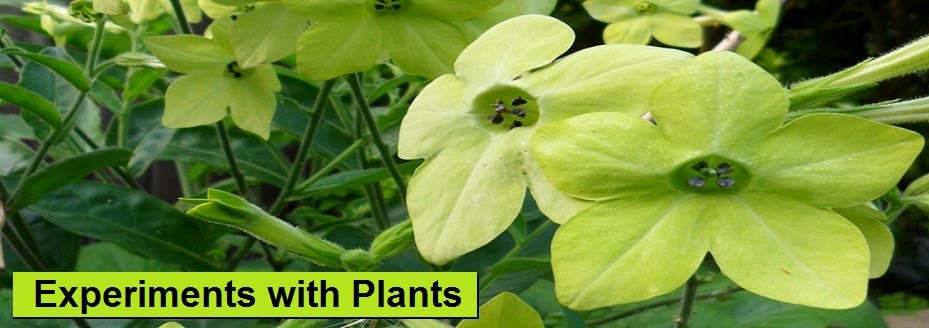The slow-growing tree paeony with enormous, peachy flowers, but without credentials, might be kinkaku. Some descriptions mention a lemony scent, which I can't detect.
As a stake isn’t sufficient to support the plant when in full bloom, the major branches are strung from the garden fence like a puppet, which allows it to sway gracefully with the lightest puff of wind.
Recently I’ve been obsessing about reproducing this plant, maybe because it’s more challenging to propagate tree paeonies compared to the herbaceous varieties. They are grafted onto herbaceous root stock for commercial production, not to control their growth, as for apple trees, but to boost their chances of taking root.
I can see why because I have taken cuttings for the last three years; during winter there’s still a little bit of hope as the plant itself looks dead, but come spring-time foliage and buds magically sprout forth while my cuttings remain lifeless twigs.
Alternatively, the roots can be divided, but that seems too risky for such a precious plant. In frustration, I nipped off a tiny shoot and stuck it in some soil. Unbelievably it’s still alive ten days later; I don't mind waiting a long time just as long as I can see some sign of progress.
 |
| yet another dead cutting a live cutting at the moment |
A fellow blogger once commented that you shouldn’t be constrained by the planting times on seed packets. Paying heed to this advice has been quite liberating, releasing me from the spring-time frenzy and spreading the thrill of creating new life through the seasons, though I may have to wait till next summer for some flowers.
However, in the case of tree peonies the RHS advises to sow the seed as soon as it’s ripe which is why you can’t find packets of their seeds on sale. The seeds are double dormant, needing two cold spells, one to prompt the roots to develop and the other to prompt the leaves. After clearing away the weeds from the base of the tree, I could find no signs of new shoots from the tree itself or its graft, so I planted some fresh seeds in that spot; it being the most obvious place to look if I should remember to check when two winters have passed, or maybe by then another gardener might check for new shoots and find my seedlings instead.
More likely, they will just enjoy the flowers ...
More likely, they will just enjoy the flowers ...

















